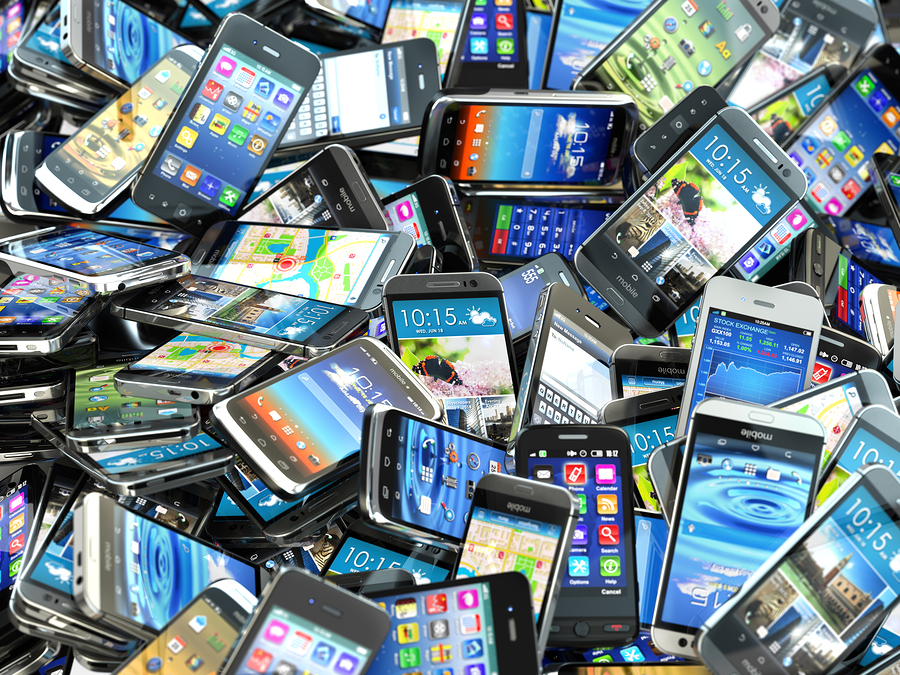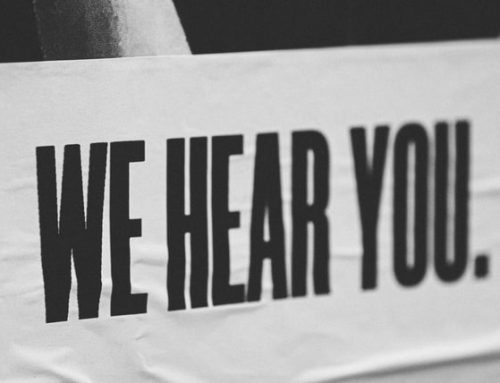Nobody alive today can tell you what it was like to make a telephone call in 1876, the year that Alexander Graham Bell invented what we now call the telephone. My how things have changed. At the time and in the immediate years following Bell’s invention, the telephone was to say the least, a sensation. Fast-forward to the 21st century and children born today see the plethora of modern telephones as being as much a part of life as clothes and food.
Telephones are everywhere. And just as the technology continues to change and improve, so too has the way telephones are being used. If someone was to write the history of the call centre, you would think that it would be true to say that the telephone came first and the call centre followed. But would it? People have been communicating with one another and exchanging messages by a variety of means and carrying out the services of a modern-day call centre ever since people needed information or wanted to make sales or enjoyed having a chat.
Because of improvements in technology, working in a call centre today is a breeze as far as the mechanics of making a telephone call are concerned. When you think back only two or three generations where people had to book a trunk call, had party lines when you shared your phone line with other people or more recently where it seemed to take an age to dial a number, today’s call centre employees are living in paradise.
The way telephone calls are made today takes all the hard work out of finding the number and then dialling the number, especially considering that most phones have an inbuilt and easily accessible phone book, which also means we don’t need to memorise anyone’s number these days too. And with the widespread use of headsets, the days of actually holding a telephone while you speak are long gone certainly so in the world of business and particularly in a call centre.
Once upon a time when your telephone rang, you picked up the receiver and had no idea who had made the call. With caller ID, that is now a thing of the past. Then there are answering machines, which for somebody from a call centre, can offers a challenge – ‘Please leave your name and number’ is an answer which some people do not want to hear.
As long as there are people, there will be a need to communicate, for personal, or commercial reasons. The advances in modern technology that allow us to even see the person that we are talking to, were the stuff of sci-fi fiction only 30 years ago. Who knows where the technology will take us in the future? But it is pretty safe to say that in one form or another, the invention that was the telephone, will be with us for some time yet.













